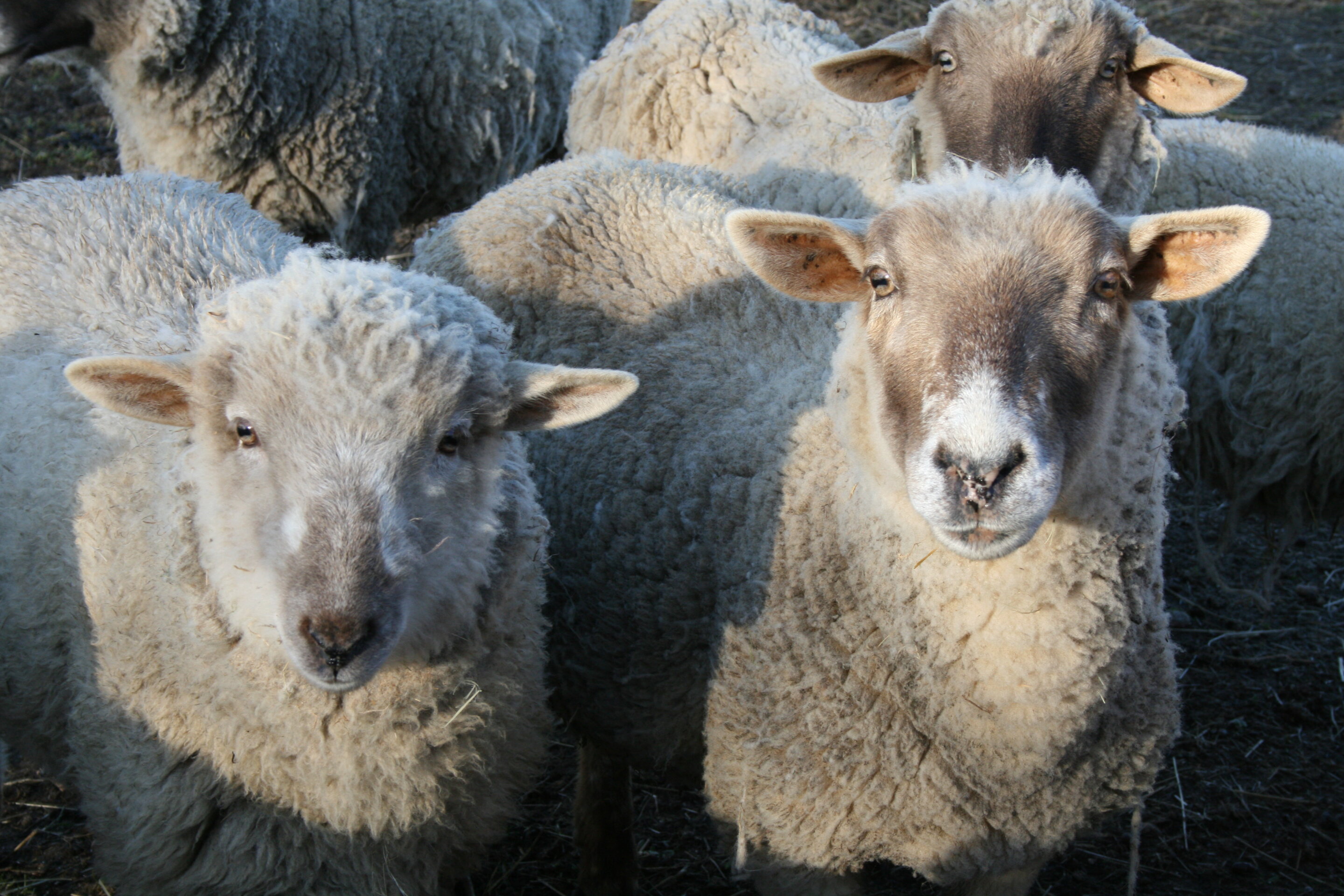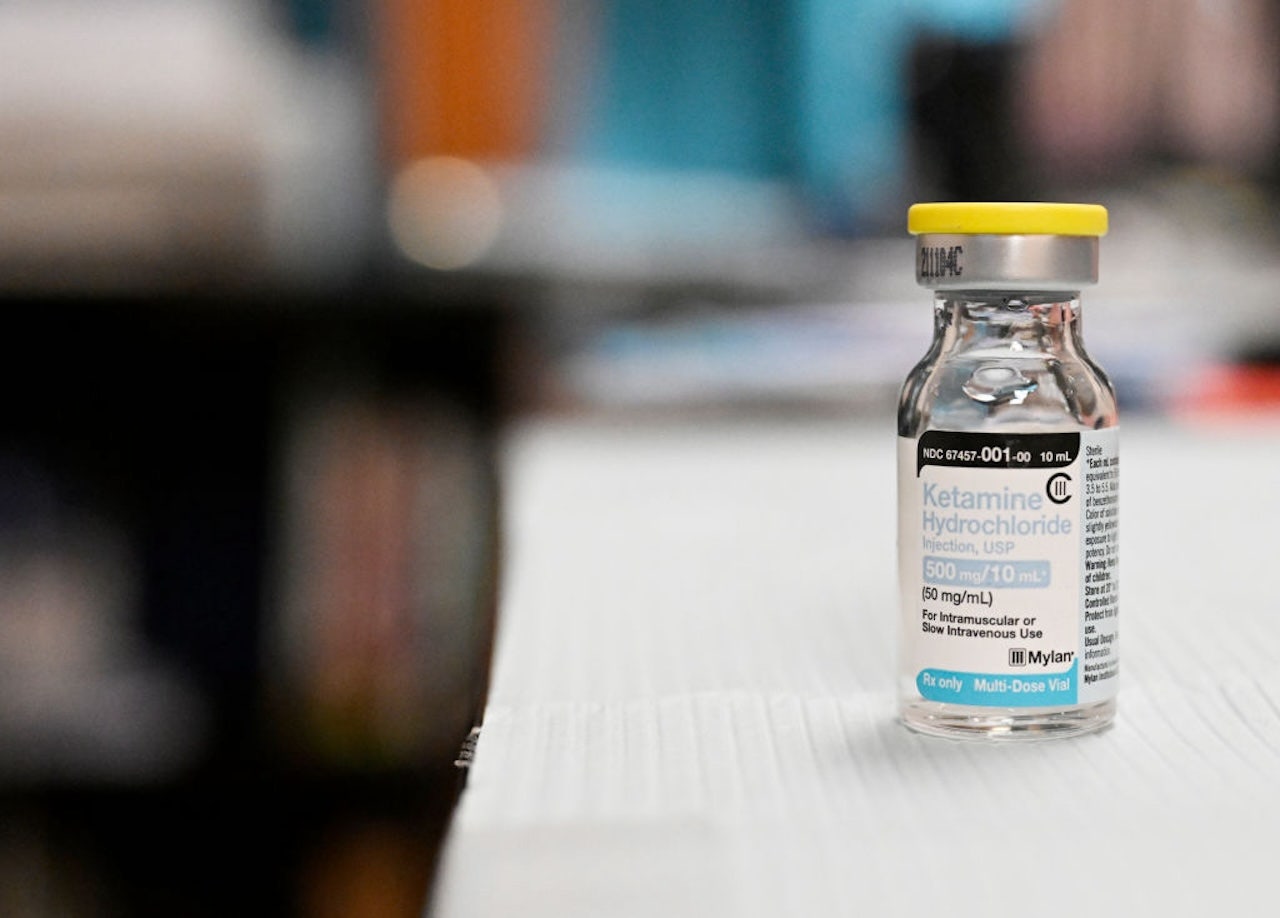Summary: A new study reveals that adolescent girls who ruminate show distinct brain activity patterns when facing social rejection. Using fMRI scans, the research demonstrates increased activity in brain areas related to self-concept and emotional states in girls prone to rumination.
This study suggests that rumination deeply internalizes negative feedback into one’s self-concept. These findings could guide targeted interventions to help girls reframe negative experiences and mitigate long-term mental health impacts.
Key Facts:
- Adolescent girls who ruminate exhibit heightened brain activity in self-concept areas during social rejection, as seen in fMRI scans.
- The study involved 116 girls aged 16 to 19, using a unique approach to measure brain response to rejection.
- This research underscores the importance of addressing rumination in adolescence to prevent long-term mental health issues.
Source: UC Davis
Everyone ruminates about the bad things that happen to them. Whether it’s a nasty breakup, an embarrassing failure or simply when someone is mean, it can be hard to stop thinking about what happened and why. For people who ruminate too much, this negative thought pattern can cause lasting problems with mental health.
A research team led from the University of California, Davis, Center for Mind and Brain found that adolescent girls who have a stronger tendency to ruminate show different patterns of brain activity when faced with social rejection.
The study was published in December in the journal Developmental Cognitive Neuroscience.
“Everyone experiences rejection, but not everyone experiences it in the same way,” said Amanda Guyer, associate director of the Center for Mind and Brain and professor of human ecology at UC Davis. “By identifying what brain processes cause differences in the tendency to ruminate, we can provide people better ways to avoid long-term harm.”
Experiencing rejection during a brain scan
The immediate experience of social rejection leaves distinct fingerprints on the brain that can be measured by functional magnetic resonance imaging, or fMRI. This type of scanning can spot minute changes in blood flow and electrical activity in different parts of the brain. The wide range of what one feels and thinks is visible on an fMRI scan in real time.
In this study, 116 girls ranging in age from 16 to 19 took part in two tasks to measure how their brains responded to social rejection. During the first visit, the participants were shown photos of 60 teens their age and asked to select 30 they would want to chat with.
For the second visit, the participants were placed in the fMRI scanner and told which of the teens in the photos wanted to chat with them — and which teens didn’t. While in the fMRI scanner, the girls were also asked how these responses — and how being rejected by someone they chose during the first visit — made them feel. The data was collected from 2012 to 2014 and analyzed in 2023 when researchers applied new test methods.
How negative emotions can encode a self-image
The fMRI showed that rejection increased activity in the parts of the brain that are known to play a role in how we define who we are.
These parts of the brain are all active with increased blood flow and electrical activity when we think about ourselves, or our emotional states, and when we retrieve our memories.
Being told a peer didn’t want to chat with them was a form of social rejection, and this rejection showed up in the brain scans to varying degrees for every girl. However, girls who self-reported a tendency to ruminate had the highest activity in their brain scans.
“Our results suggest that girls who tend to ruminate are experiencing more than just momentary sadness after rejection,” said Guyer. “They are deeply internalizing this negative feedback into their self-concept.”
Changing the story to stop rumination
These findings show that unique processes in the brain are at play after rejection for girls with a high tendency to ruminate. This knowledge makes it possible to target interventions that can treat rumination so it doesn’t cause bigger problems later on, Guyer said.
“Our study suggests that it can make a difference to reframe their negative experiences in a way that makes them feel better afterward instead of worse,” said Guyer.
Besides Guyer, additional authors include Leehyun Yoon, also of UC Davis; Kate Keenan, University of Chicago, and Alison E. Hipwell and Erika E. Forbes, both of University of Pittsburgh.
Funding: The study was funded by grants from the National Institutes of Health.
About this rumination and social behavior research news
Author: Karen Nikos
Source: UC Davis
Contact: Karen Nikos – UC Davis
Image: The image is credited to Neuroscience News
Original Research: Open access.
“Hooked on a thought: Associations between rumination and neural responses to social rejection in adolescent girls” by Amanda Guyer et al. Developmental Cognitive Neuroscience
Abstract
Hooked on a thought: Associations between rumination and neural responses to social rejection in adolescent girls
Rumination is a significant risk factor for psychopathology in adolescent girls and is associated with heightened and prolonged physiological arousal following social rejection.
However, no study has examined how rumination relates to neural responses to social rejection in adolescent girls; thus, the current study aimed to address this gap.
Adolescent girls (N = 116; ages 16.95–19.09) self-reported on their rumination tendency and completed a social evaluation fMRI task where they received fictitious feedback (acceptance, rejection) from peers they liked or disliked.
Rejection-related neural activity and subgenual anterior cingulate cortex (sgACC) connectivity were regressed on rumination, controlling for rejection sensitivity and depressive symptoms.
Rumination was associated with distinctive neural responses following rejection from liked peers including increased neural activity in the precuneus, inferior parietal gyrus, dorsolateral prefrontal cortex, and supplementary motor area (SMA) and reduced sgACC connectivity with multiple regions including medial prefrontal cortex, precuneus and ventrolateral prefrontal cortex.
Greater precuneus and SMA activity mediated the effect of rumination on slower response time to report emotional state after receiving rejection from liked peers. These findings provide clues for distinctive cognitive processes (e.g., mentalizing, conflict processing, memory encoding) following the receipt of rejection in girls with high levels of rumination.

Dr. Debi Johnson is a medical expert and health journalist dedicated to promoting well-being. With a background in medicine, she offers evidence-based insights into health trends and wellness practices. Beyond her reporting, Dr. Debi enjoys hiking, yoga, and empowering others to lead healthier lives.








